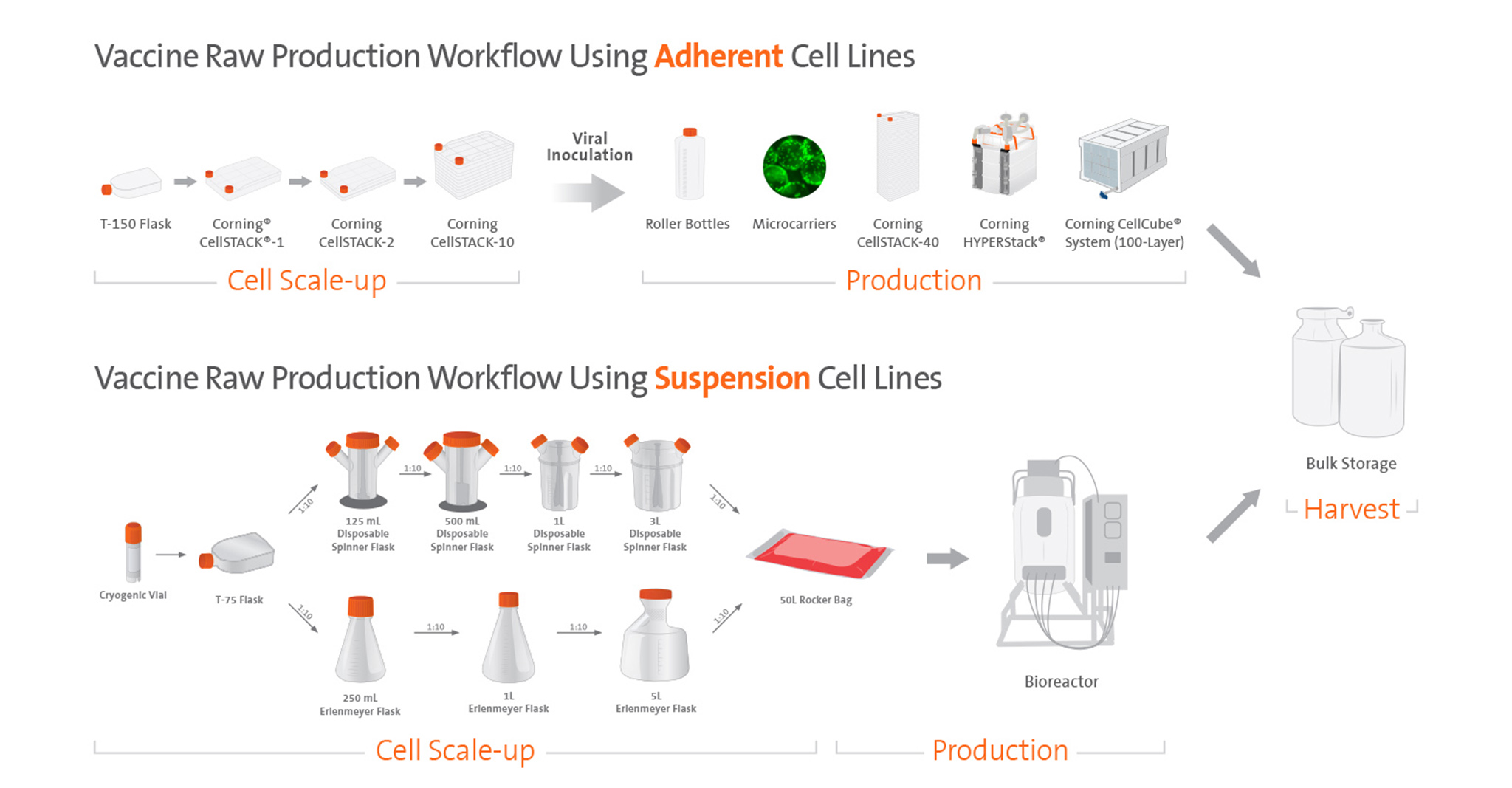
The main steps to bring a new vaccine to market are research and development, clinical trials, vaccine manufacturing, product creation, and distribution. Ideally, vaccine supply chains are determined long before the vaccine is ready for market, because the design of a drug is often tightly connected to its supply chain. Vaccine design and technology are both parts of the production process. These developments spurred scholars to study vaccine supply chain sustainability and resilience, and to focus on the “critical role of supply chains in closing the immunization gap,” considering complexities related to different populations, mapping supply shortages, and evaluating the policy environment for health equity. Between 20, new goals increased the volume of global vaccine production fourfold. In 2012, the World Health Assembly committed to the Global Vaccine Action Plan, and its goal to extend the benefits of immunization to all people by 2020. The Immunization Supply Chain and Logistics systems, which were designed in the 1980s, have supported vaccination coverage worldwide. Immunization supply chains-the network of staff, equipment, vehicles, and data needed to get vaccines safely from the manufacturer to the people who need them-were first developed in the late 1970s, with the launch of the Expanded Program on Immunization. From manufacturer to service delivery, the goal is to ensure the uninterrupted availability of high-quality vaccines. This includes rigorous temperature controls in the cold chain and logistics management and information systems to promote resilience and efficiency. End-to-end supply chain systems enable effective vaccine storage, distribution, handling, and management. Vaccine supply chainsĪccording to the World Health Organization, or WHO, vaccine supply chains are an essential part of all successful immunization programs. 2020 InkheartX/Shutterstock.įirst, an overview of vaccine supply chains. Medical mask production workers organizing masks to prepare for the COVID-19 outbreak.

By evaluating what went right-and what did not-with COVID-19 vaccine supply chains, and by identifying missing information gaps, we can ensure a smoother, more equitable vaccine response for future pandemics. Joint state actions were hampered by a lack of data that was driven simultaneously by commercial and national security interests.
:no_upscale()/cdn.vox-cdn.com/uploads/chorus_asset/file/22526360/GettyImages_1278761871.jpg)
The political and economic pressures to increase domestic production of these necessary goods, to implement export policy restrictions, and to rethink manufacturing strategies-all of which were undermined by unprecedented state interventions-resulted in vaccine nationalism and vaccine geopolitics. However, this did not prevent the key medical supplies-masks and other personal protective equipment, tests, and vaccines-from becoming a part of competitive policies. From the beginning, it was clear that no country alone could efficiently produce all the goods it would need to fight the virus. Pandemic-driven supply shocks in China- combined with trade wars, sanction policies, and geopolitical rivalries-amplifieFd economic nationalism that also disrupted global health diplomacy. Disrupted global supply chains were a prominent theme in 2020, persisted throughout 2021, and-although not as prominent-remain in 2022.


 0 kommentar(er)
0 kommentar(er)
